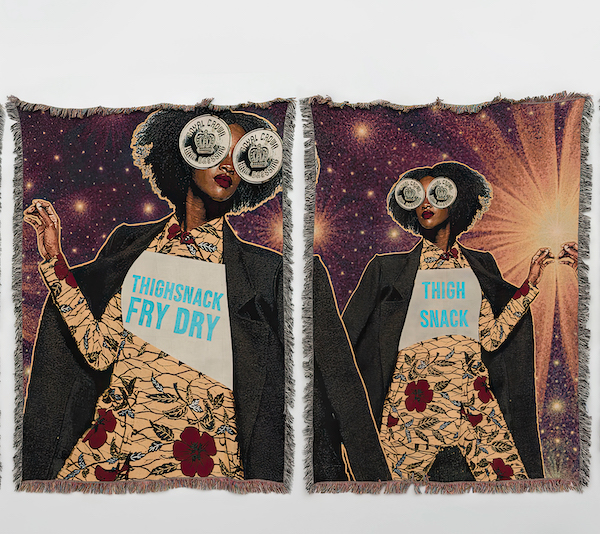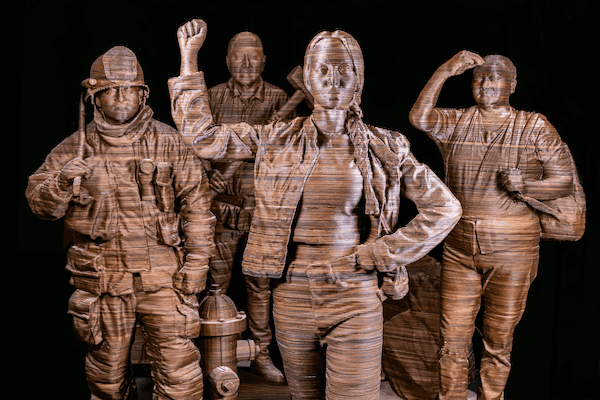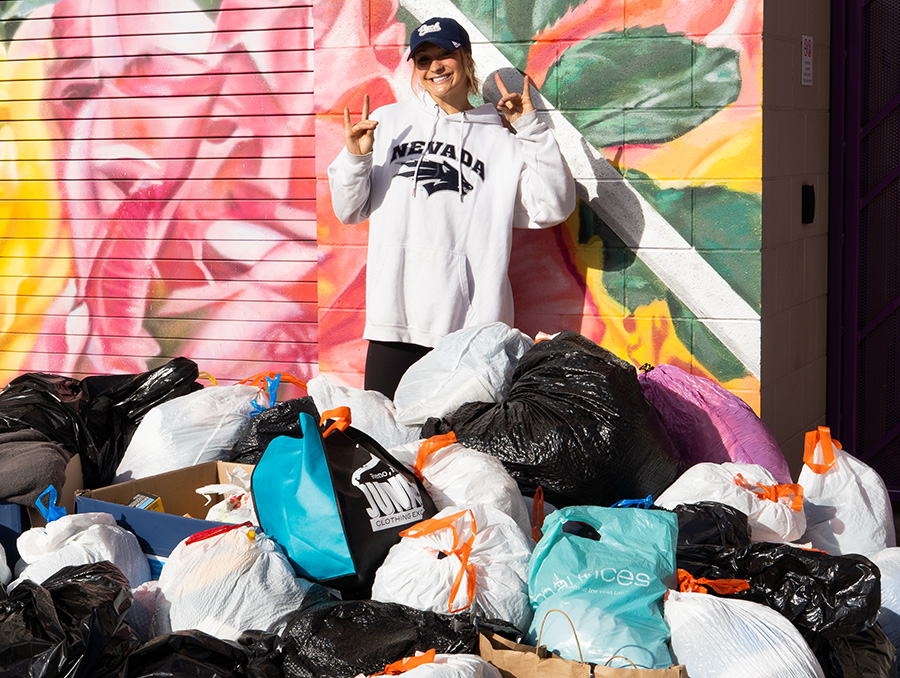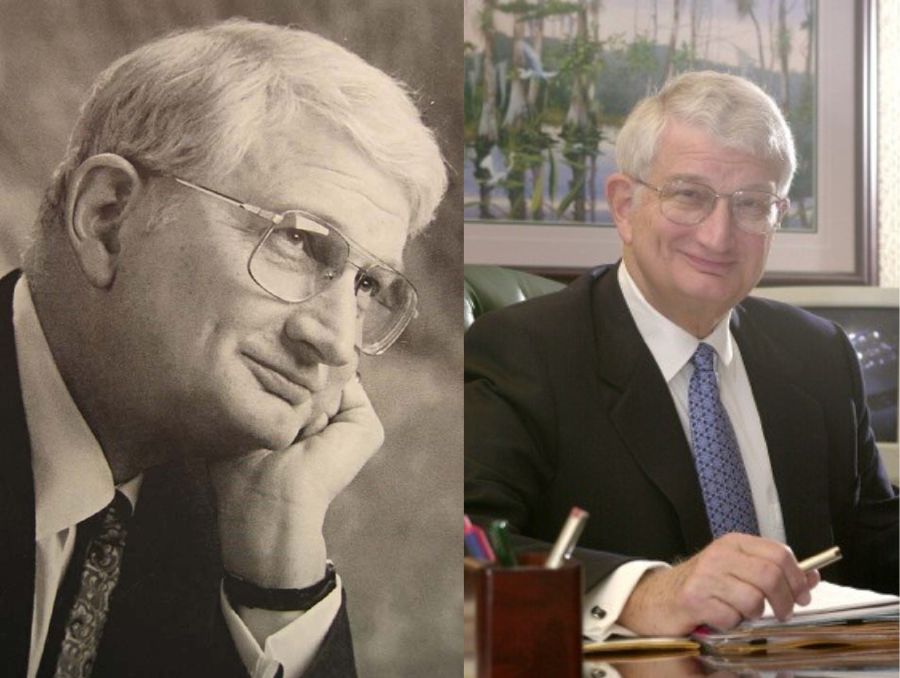If you need a break this semester, forget stopping for coffee or binging your favorite Netflix shows. Instead, step into another world at the Nevada Museum of Art to experience a kaleidoscope of perspectives that practically guarantee your own ideas about identity, race, culture, language, time and reality itself will be challenged, affirmed, augmented and refined. Collectively called Wide-Eyed and Dreaming: A Season of Seeing in Four Acts, consider yourself officially welcomed to explore, dive deep and lose yourself in these exhibitions.
Oh, and we should mention University of Nevada, Reno students, will have access to Free Admission to the Nevada Museum of Art thanks to the Wayne L. Prim Free Student Admission Endowment. So, cut the excuses and start making yourself a better human. You can thank us later.
Act 1: April Bey: Altantica, The Gilda Region
Sense-tingling, scintillating and surreal: these adjectives only partly describe the universe created by contemporary artist and educator April Bey in Atlantica: The Gilda Region. As you step into the portal—surrounded by plant foliage and magenta light—you have entered a chamber designed to slow time and transform space. You’re en route to Atlantica, The Gilda Region a world where oppression and racism do not exist, and people of African descent are celebrated as visionaries and artists. Home to innovators and creators, Altantica embraces queerness, feminism, Internet culture, and above all, joy.

As you step out of the portal, you’re transformed into a visiting tourist and artist April Bey acts as your guide. Surrounded by lush, colorful woven tapestries, digitally woven blankets and textiles mounted on wood and encased in resin, your face is reflected in the work and the realization grabs you: you’ve become a part of Atlantica. That’s when you notice the planet hosts “emissaries” who offer possibilities for a world not plagued by oppression, division and violence.
These emissaries include trans activist Marsha P. Johnson, and an all-Black rodeo team called the Cowgirls of Color who serve as spokespersons of Atlantica’s history, culture and values. The artist develops unique features for the planet that include citizens who can replicate themselves, Black vampire women who leave individuals with dreams in exchange for sustenance, and methods to duplicate food to eliminate hunger.
“Atlantica is a joyous place, while it is also a serious paean to women’s resilience in the face of colonialism, specifically Black women who are expected to be sovereign and robust while at the same time assumed to be inept and emotionally weak when leadership roles are sought,” said Bey. “Made in another universe that parallels, critiques, celebrates and satirizes our own, Atlantica occupies exploited space, offering up a fictitious world where labels are non-existent, and we are allowed to float within our self-defined identities.”
Act 2: Guillermo Bert: The Journey
In 1974, an army of 2,000-year-old terracotta warriors was unearthed in Shaanxi providence in northwest China. Contemporary artist Guillermo Bert takes his inspiration from this archeological project to excavate the challenges faced by modern-day immigrants—a.k.a. the warriors of the 21st century, post-COVID world—through an exhibition that explores narratives of identity, immigration and culture.

Begin your journey with Local Warriors, a series of 20 life-sized sculptures laser-cut from wood based on highly detailed 3D-scans of actual immigrants employed as front-line workers who stocked grocery store shelves, harvested fruits and vegetables from fields and orchards, drove delivery trucks to fulfill millions of online orders, and make the on-demand economy function. Despite existing right in front of our eyes, this kind of work was largely invisible until the pandemic brought these workers to light.
“The idea is that these workers have come through the desert—a dry and inhospitable terrain—and face the reality of their life, which are highly risky but necessary jobs," Bert said. "The [installation] recognizes the work that they do, that has been largely invisible to the mainstream culture. And yet, there is also this recognition that they came to the United States to live the American Dream, only to realize that, instead, they exist within its shadow.”

A native of Santiago, Chile, the inspiration for much of the work included in The Journey came from Bert’s 2010 return trip to his native country. His experience with the Indigenous Mapuche community inspired a series titled Encoded Textiles in which “high tech” QR Codes are handwoven into traditional textile designs. When scanned with a smartphone, the QR Code takes guests into a cinematic world of stories and reflection by Mapuche elders, activists, and poets. The work is a marriage of old and new: while the textile pieces look traditional, the artist is simultaneously challenging the limits of our latest technologies to become adept methods by which traditional stories can be transmitted to audiences.
“We live in a world where the ancient and the new live in the same time zone, and the interpretation of reality should have a more holistic approach,” Bert said. “The lack of an integrated historical, anthropological, and psychological perspective is at the core of some of the pressing social issues we face today.”
Through his thought-provoking, immersive installations, Bert gives voice to stories that articulate the immigrant experience by layering tradition and technology.
A companion exhibition featuring Guillermo Bert’s work will be on view at The John and Geraldine Lilley Museum of Art from September 5, 2023, to January 27, 2024.
Free student admission for University of Nevada, Reno and TMCC students
Students can utilize the benefits of the Free Student Admission Program during Museum operating hours. The Museum is open Tuesday through Sunday, 10 a.m. to 6 p.m., open until 8 p.m. on Thursdays and closed on select national holidays. For more detailed information, visit the Free Student Admission program webpage.
The Free Student Admission Program was made possible through a generous endowment by longtime Nevada Museum of Art Trustee and Philanthropist Wayne Prim.














